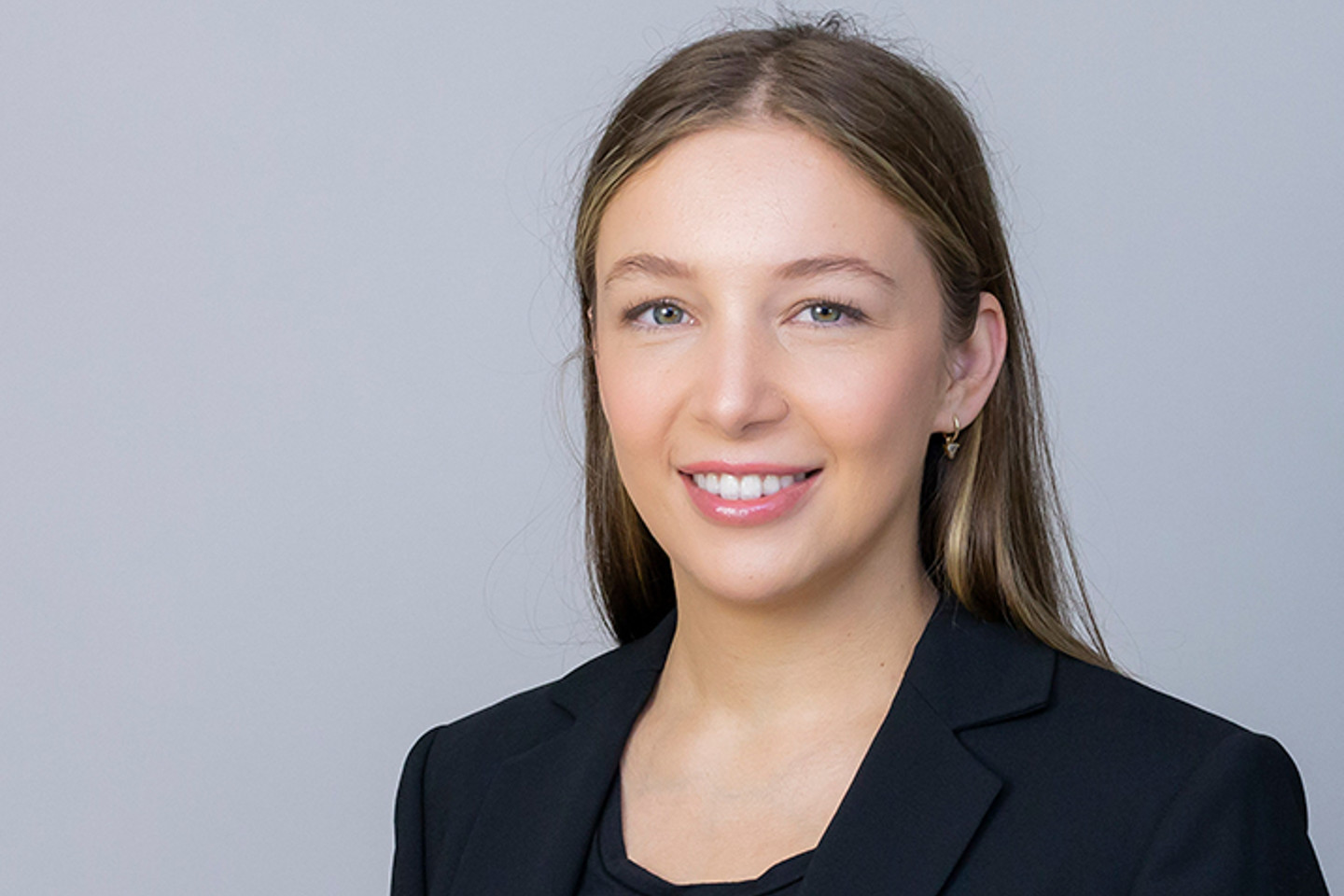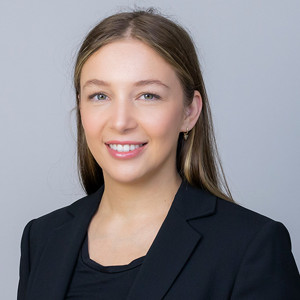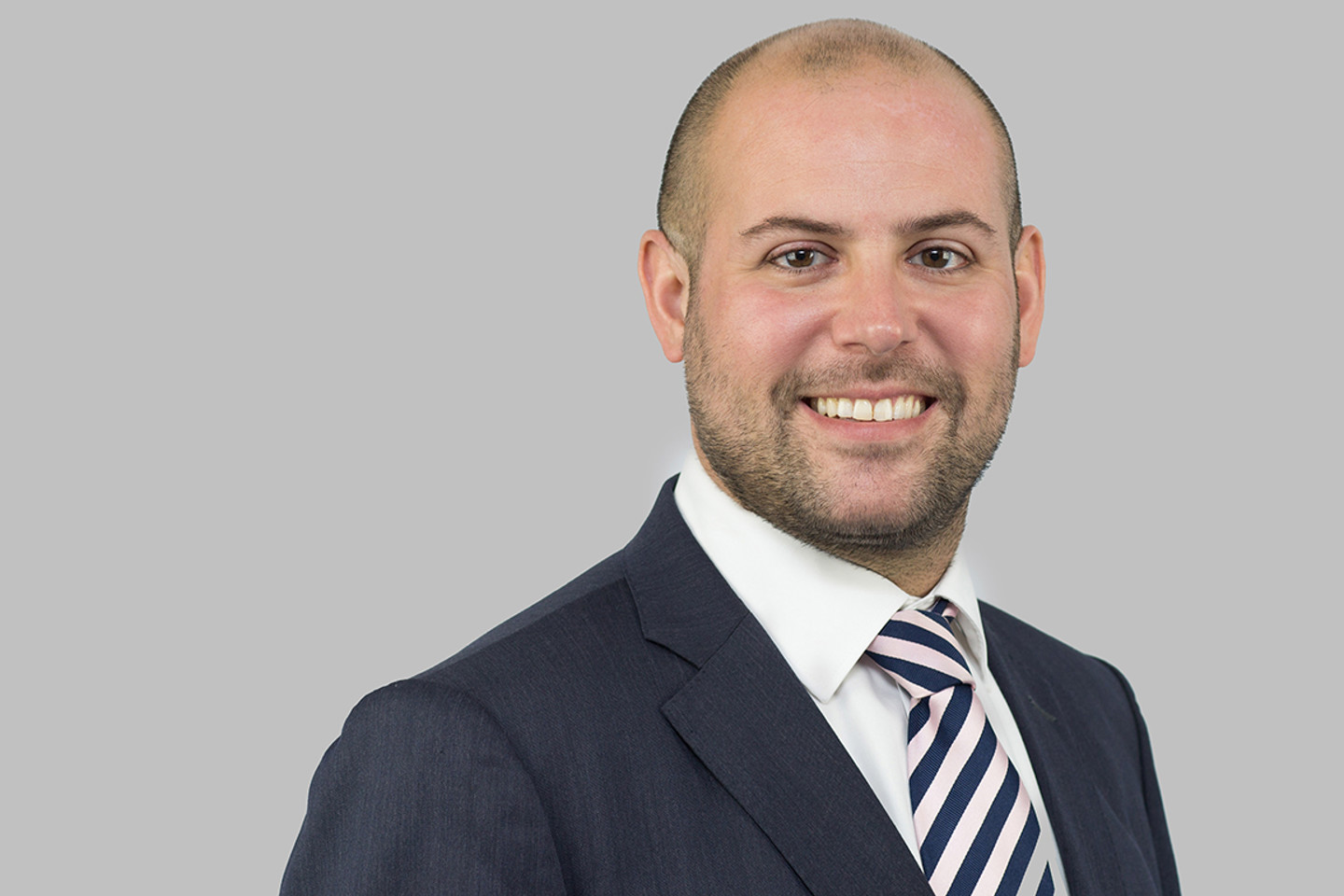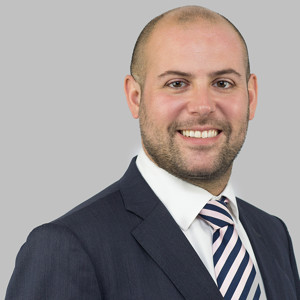
Sandie Lyne
Partner | Legal
Guernsey

Sandie Lyne
Partner
Guernsey
No Content Set
Exception:
Website.Models.ViewModels.Components.General.Banners.BannerComponentVm
This article considers a recent Guernsey Court of Appeal judgment regarding the interpretation of a trust instrument. It provides useful guidance for trustees to apply when issues of construction arise in Guernsey law trusts.
Background
A settlor had set up two family trusts. One trust was created primarily for the benefit of his surviving spouse (Trust One) and the other was created primarily for the benefit of his two daughters (Trust Two). Sadly, one of his daughters passed away. The death of that daughter triggered a clause in the trust instrument for Trust Two which stated that, upon her death:
'The Trustees shall transfer her share of the Trust Fund as determined under clause 7.2… as to one half to the [Trust One], and the other half to the surviving Daughter's share of this trust fund…'.
The unfortunate issue facing the trustee was that the critical term "share" was not defined in the trust instrument. The reference to another clause (clause 7.2) was less than helpful as that clause suggested that the share should be calculated by reference to a previously applied "notional split" of the trust fund "in line with the Settlor's wish to maintain the application of equal benefits to the Daughters as far as possible". However the clause was clear that the application of this "notional split" was discretionary and the evidence before the Court was that trustee did not believe that it had applied a such a notional split. As far as the trustee was concerned, neither of the daughters had received any different or individual treatment, the beneficiaries were minors in full time education living at home and all distributions were made to be applied for the equal benefit of both children.
As clause 7.2 did not assist, what meaning was to be given to the word 'share' in the context of a discretionary trust in which none of the beneficiaries had any absolute entitlement? Unusually, the Settlor's memorandum of wishes was annexed to the trust instrument itself, but again whilst the word 'share' was frequently used to express the Settlor's desire to treat his children equally, he was not using it to mean a "fixed share" in a legal sense. It was clear that he was focussed on equal benefit, which is not necessarily the same as an equal financial share.
The trustee was therefore faced with the need to calculate what proportion of the fund (if any) should be transferred to Trust One and the possibility that its interpretation could be challenged in the future. The trustee therefore applied to the Royal Court for directions as to the true construction of the Trust Two trust instrument.
The trustee, whilst taking a neutral stance, presented the various possible interpretations to the Court with the beneficiaries also making submissions which best suited their cause. The main alternatives were that the deceased beneficiary did not have a share at all and therefore there was no transfer to be made to Trust One or alternatively that the deceased beneficiary had a half share and therefore one quarter of the trust fund must be transferred to Trust One.
The ruling at first instance
The Royal Court (Sir Richard Collas, who was then the Bailiff) construed the clause by its natural meaning, and stated that evidence of the settlor's intention which was extrinsic to the trust instrument was inadmissible. It ruled that neither alternative construction gave rise to an unreasonable result. The deceased beneficiary did not have any 'share' in the Trust Two as the trustee had not applied a "notional split" and therefore the trustee was not required to make any transfer. The surviving spouse appealed the decision.
The Appeal
The Court of Appeal began by noting that the trust instrument itself was 'very badly drafted' and displayed 'an exceptional lack of care in checking whether words have been used appropriately, whether they have been used consistently, and how various provisions interact'. The Court also admitted the clear difficulty in applying the concept of a "notional split" in a trust fund.
Notwithstanding its criticism of the trust instrument, the Court of Appeal allowed the Appeal. The Court of Appeal considered that, by always treating the children equally in line with the Settlor's wishes, the trustee had in fact applied a "notional split" even if unwittingly. The deceased beneficiary therefore did have a quantifiable 'share' of the trust fund to be transferred to Trust One.
In arriving at this decision, the Court of Appeal cited the legal principles set out in the Matter of the C Trust [2013] GLR 105 adopting the guidance in the Jersey case of In the Matter of the Internine and Intertraders Trusts [2005] which stated that the principles of interpretation of a trust instrument are broadly the same as those for the interpretation of a contract and other commercial instruments, those being:
What should a trustee do when faced with serious issues of construction?
This case provides helpful clarification of the principles to be applied when interpreting Guernsey law trust instruments. The Court of Appeal also helpfully confirmed that the trustee was absolutely correct in this instance to seek the Court's directions.
When faced with an ambiguity in the trust instrument, a trustee should take legal advice to ascertain that the ambiguity is real in order to ensure that it is not risking wasting the court's time with strained interpretations of the trust instrument and possibly suffering an adverse costs order. However, in the event that a trustee is faced with a real ambiguity, the Court of Appeal (and indeed the Royal Court at first instance) agreed that the only proper course of action is to seek the directions of the Court.
Advocates Mathew Newman and Sandie Lyne acted for the trustee in this case. The Ogier Dispute Resolution team has broad experience in advising on and bringing these types of applications and would be happy to discuss these matters further.

Sandie Lyne
Partner | Legal
Guernsey

Sandie Lyne
Partner
Guernsey

Tehya Morgan
Associate | Legal
Guernsey

Tehya Morgan
Associate
Guernsey

Mathew Newman
Partner | Legal
Guernsey

Mathew Newman
Partner
Guernsey
Ogier is a professional services firm with the knowledge and expertise to handle the most demanding and complex transactions and provide expert, efficient and cost-effective services to all our clients. We regularly win awards for the quality of our client service, our work and our people.
This client briefing has been prepared for clients and professional associates of Ogier. The information and expressions of opinion which it contains are not intended to be a comprehensive study or to provide legal advice and should not be treated as a substitute for specific advice concerning individual situations.
Regulatory information can be found under Legal Notice
Sign up to receive updates and newsletters from us.
Sign up
No Content Set
Exception:
Website.Models.ViewModels.Blocks.SiteBlocks.CookiePolicySiteBlockVm